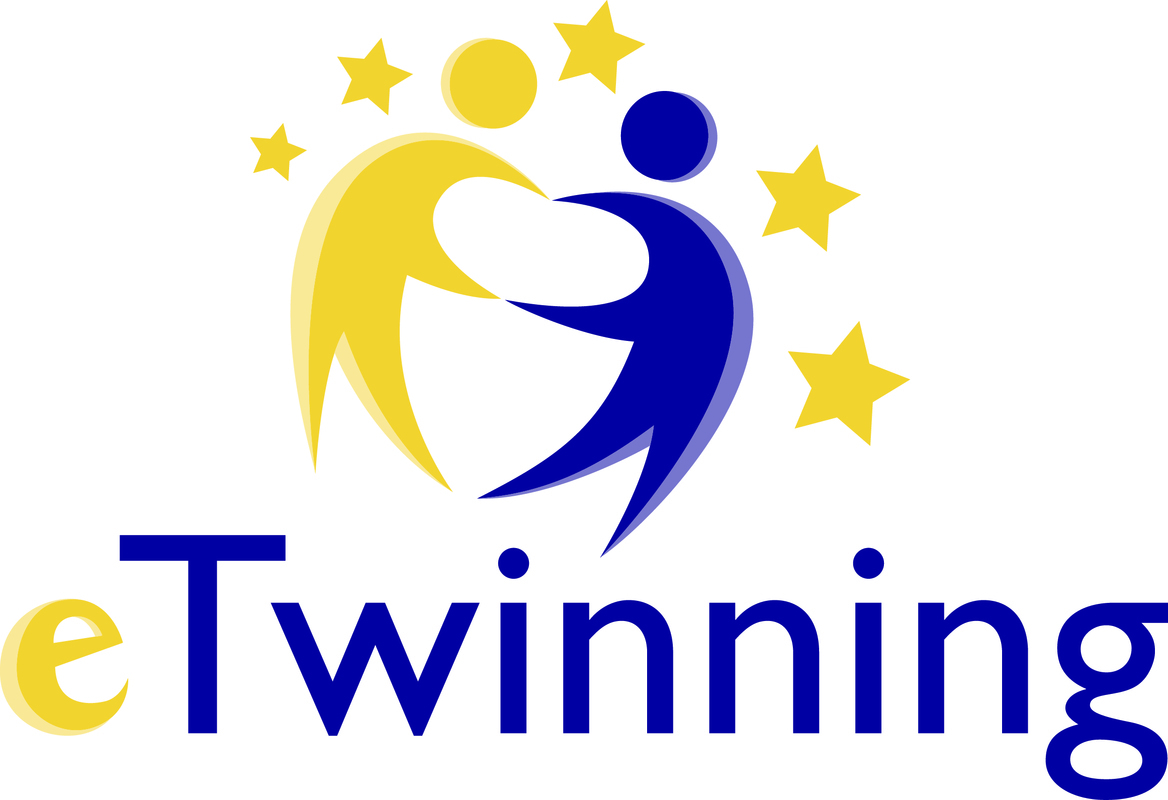eTwinning
eTwinning kotikansainvälisyyden tukena

eTwinning on helppoa ja hauskaa kansainvälisyyttä! eTwinning mahdollistaa eurooppalaisten opettajien ja oppilaiden yhteisen työskentelyn verkon välityksellä. Se tekee tieto- ja viestintätekniikasta luonnollisen osan koulutyötä ja antaa oppilaille mahdollisuuden tutustua muihin oppilaisiin ja käyttämään opittua kielitaitoa autenttisessa ympäristössä.
eTwinning on tarkoitettu opettajille ja oppilaille sekä kaikille muille koulussa työskenteleville esi- ja perusopetuksessa, lukiossa ja ammatillisessa peruskoulutuksessa. eTwinning antaa työvälineet eurooppalaisten kumppanien löytämiseen, yhteisen projektin luomiseen ja projektin toimintaan.
Orivedellä eTwinningiä hyödynnetään Erasmus+ -yhteistyön suunnittelussa ja toteutuksessa. Tämän lisäksi kaikki Oriveden koulujen 5. - 7.lk oppilaat osallistuvat eTwinning-työskentelyyn lukuvuosittain.
Lue lisää eTwinningistä täältä:
Mitä on eTwinning? (Opetushallitus)
https://www.oph.fi/fi/etwinning
eTwinning-lähettiläiden blogi Luokkahuoneena Eurooppa
http://etwinningambfinland.blogspot.com/p/blog-page.html
eTwinning Oriveden päiväkodeissa ja kouluissa
Orivedellä eTwinningiä hyödynnetään päiväkotien ja koulujen arjessa. Lue lisää Oriveden päiväkotien ja koulujen eTwinning-toiminnasta:
Oriveden lukio
Oriveden yhteiskoulu
Kultavuoren koulu
Rovastinkankaan koulu
Eräjärven koulu ja päiväkoti
Orivarsan päiväkoti
Vuokkokujan päiväkoti
Niittykukan päiväkoti
Ideoita ja opastusta eTwinning-työskentelyyn:
Ohjeet rekisteröitymiseen
https://www.oph.fi/fi/ohjelmat/nain-paaset-alkuun-etwinningissa
Opetushallituksen eTwinning-sivut
https://www.oph.fi/fi/etwinning
Luokkahuoneena Eurooppa -blogi
http://etwinningambfinland.blogspot.com/
eTwinning Book: Teaching, creating, innovating
https://drive.google.com/file/d/1WnQe_zVWJa72YGdcdY2hptylkIndYGuZ/view?usp=sharing
eTwinning stories: Building wellbeing at school
eTwinning book 2025: Supporting citizenship education through eTwinning
Kaikki Oriveden eTwinning-projektit toteutetaan noudattaen turvallisen netin käytön periaatteita. Lasten kanssa käydään läpi asiallinen nettikäyttäytyminen ja tekijänoikeudelliset asiat.
eSafety rules
Be inclusive. Everyone’s opinions and views are always welcomed and allowed within the boundaries set in this Code of Conduct. eTwinners are encouraged to look beyond their own perspective, relate to different cultures and show sensitivity when including other eTwinners in their events, projects, groups, and networking activities – both online and on-site. eTwinning fosters understanding, empathy and openness towards one another with the aim of making the community a safe, harassment-free space.
Be respectful. Members of the eTwinning community must be respectful when dealing with their peers and interacting with one another. Respecting other people, and their activities on this platform, and assuming that their actions are motivated by good intentions will make eTwinners not only feel comfortable and safe, but also motivated and productive. eTwinners cannot insult or put down others, or incite violence against people based on their race, ethnicity, national origin, religion, sexual orientation, or gender, and/or as a member of a country, group, or minority.
Be tolerant. Disagreement is inevitable, from time to time. Tolerance for the views of others drives the pragmatic approach encouraged in this community. What is important is to seek constructive solutions to disagreements and differing views, always within the limits as described and defined in this Code of Conduct, and accept that some cases may result in “agreeing to disagree”.
Be polite and friendly in all forms of communication – especially remote communication, where opportunities for misunderstanding are greater. Being polite means being aware and respecting the feelings of other people and showing it. As home of all eTwinners, the eTwinning area of the European School Education Platform is the online space where they can express freely, exchange easily and elaborate considerately their ideas and thoughts and treat equally the ones of other eTwinners. This means doing our best to carefully choose words and content in events, projects’ materials, online and onsite meetings descriptions, posts, and messages.
Tutustu tarkemmin Oriveden kv-toimintaan:
